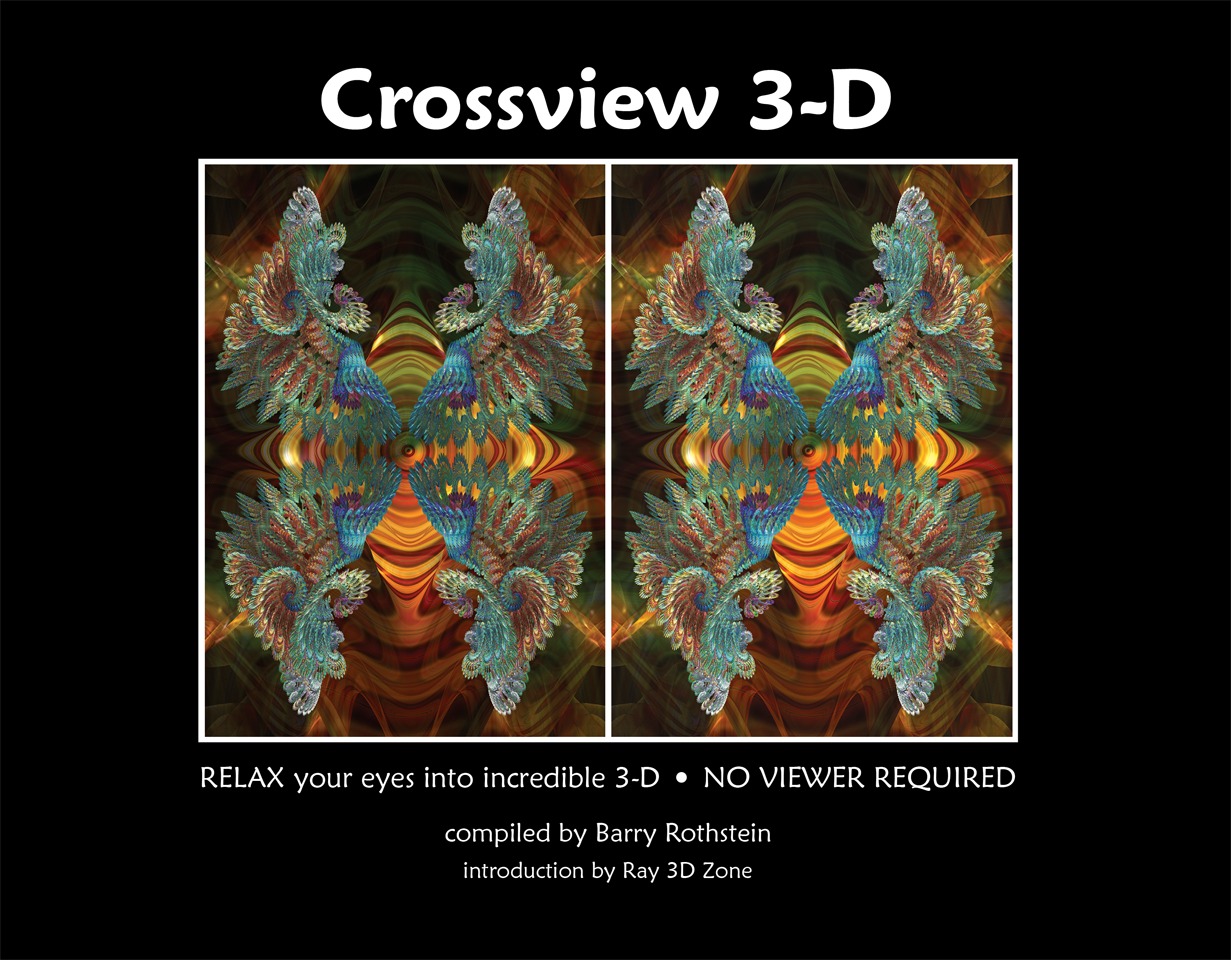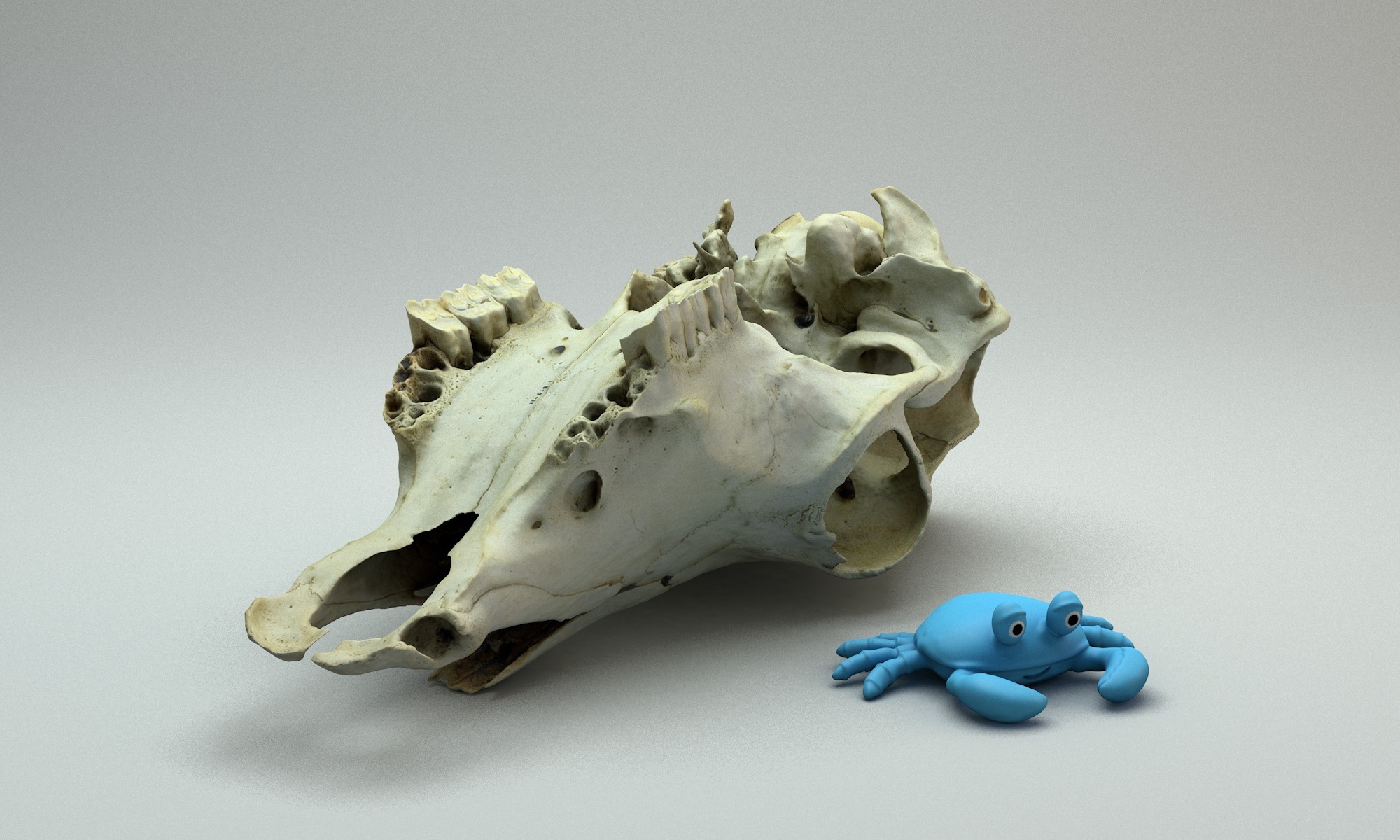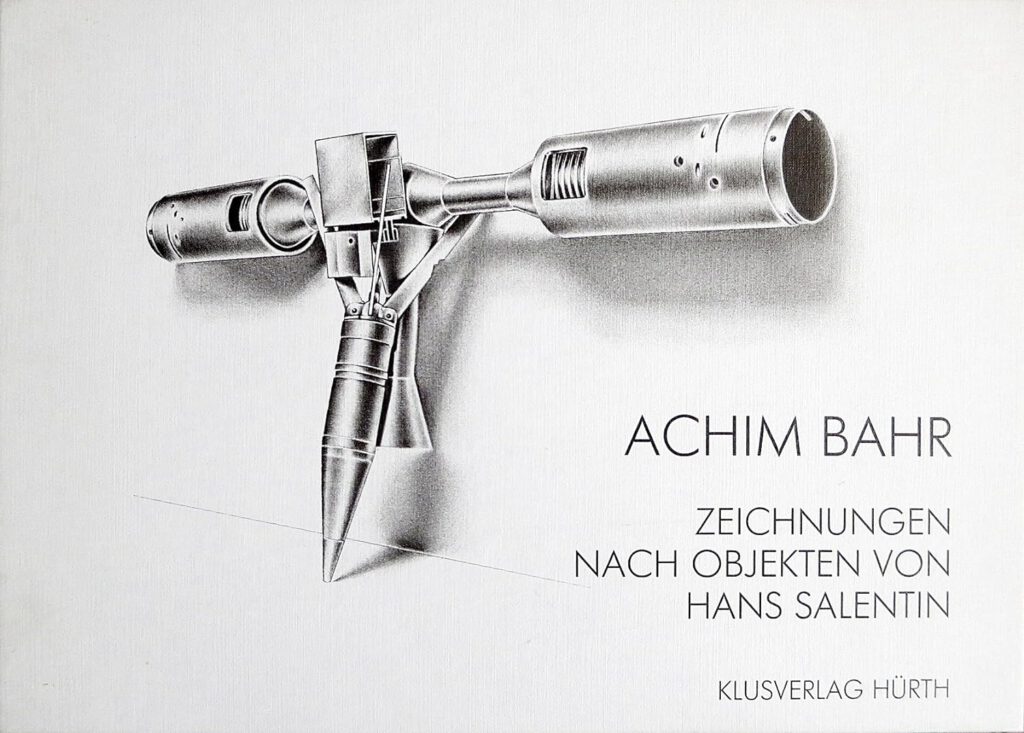Angesichts der besonderen Eigenschaften und ihres künstlerischen Potentials ist die lange vernachlässigte Rezeption der Stereoskopie in kunstwissenschaftlichem Kontext — zwischen und jenseits von Malerei und Plastik — tatsächlich ein erstaunliches Desiderat. Die kurze Rekonstruktion der Geschichte tiefenräumlicher Bilddarstellung von ihren Anfängen in der Höhlenmalerei bis hin zur analogen und digitalen Stereoskopie der Gegenwart behandelt einige sich daraus ergebende Fragestellungen und Anschlussmöglichkeiten zu ästhetischen und epistemischen Aspekten der Herstellung medialer Räumlichkeit.
Continue reading “Ästhetik der Dritten Dimension”Aesthetics of the Third Dimension
In view of the special qualities and their artistic potential, the long-neglected reception of stereoscopy in an art-scientific context — between and beyond painting and sculpture — is indeed an astonishing desideratum. The brief reconstruction of the history of spatial image representation from its beginnings in cave painting to the analog and digital stereoscopy of the present treats some of the ensuing questions and possibilities of connection to aesthetic and epistemic aspects of the production of medial spatiality.
Continue reading “Aesthetics of the Third Dimension”Crossview 3D

Following our continued obsession to expose the public to the very best in 3-D, this first-of-its-kind book teaches readers how to crossview a stereo pair, providing those who dare to try the holy grail of 3-D: great stereo images with no loss of color, and entirely viewer free. Crossviewing is not new, but very few people are aware of it outside the 3-D community.
Continue reading “Crossview 3D”Anaglyphen
Von den zahlreichen Methoden, die je zur Betrachtung stereoskopischer Bildpaare ersonnen wurden, hat keine auch nur annähernd eine solche Popularität erlangt, die der des Anaglyphenverfahrens vergleichbar wäre. Die Farbfilterbrille mit ihren typischen roten und grünen Gläsern oder Folien ist im Bewusstsein einer breiten Öffentlichkeit als so genannte »3D-Brille« geradezu gleichbedeutend mit dem Begriff der Stereoskopie selbst geworden.
Um so notwendiger aber scheint nun die Rehabilitierung dieser Technik im Kreis der Freunde und Liebhaber des Raumbildes, die ihr oft ablehnend, wenn nicht mit Verachtung begegnen und dabei vergessen, dass es durch sie überhaupt ermöglicht wurde, stereoskopische Lichtbild- und später auch Filmprojektionen anstatt nur einer erstmals mehreren Personen zur selben Zeit vorzuführen.
Continue reading “Anaglyphen”Zeichnungen nach Objekten von Hans Salentin
Anaglyphs
There are various methods for viewing stereoscopic picture pairs, but by far the most popular one is the use of anaglyphs. Everyone knows the famous 3D-glasses with their typical red and green filters which almost became synonymous with the idea of stereoscopy itself.
Compared to the general fame of anaglyphs, oddly enough many enthusiasts and connoisseurs of three-dimensional pictures have a low opinion of this method. They seem to ignore the fact that just this technique made it possible to show stereo slides and — later on — also stereo movies not only to one single person but to a large audience at the same time.
Continue reading “Anaglyphs”
